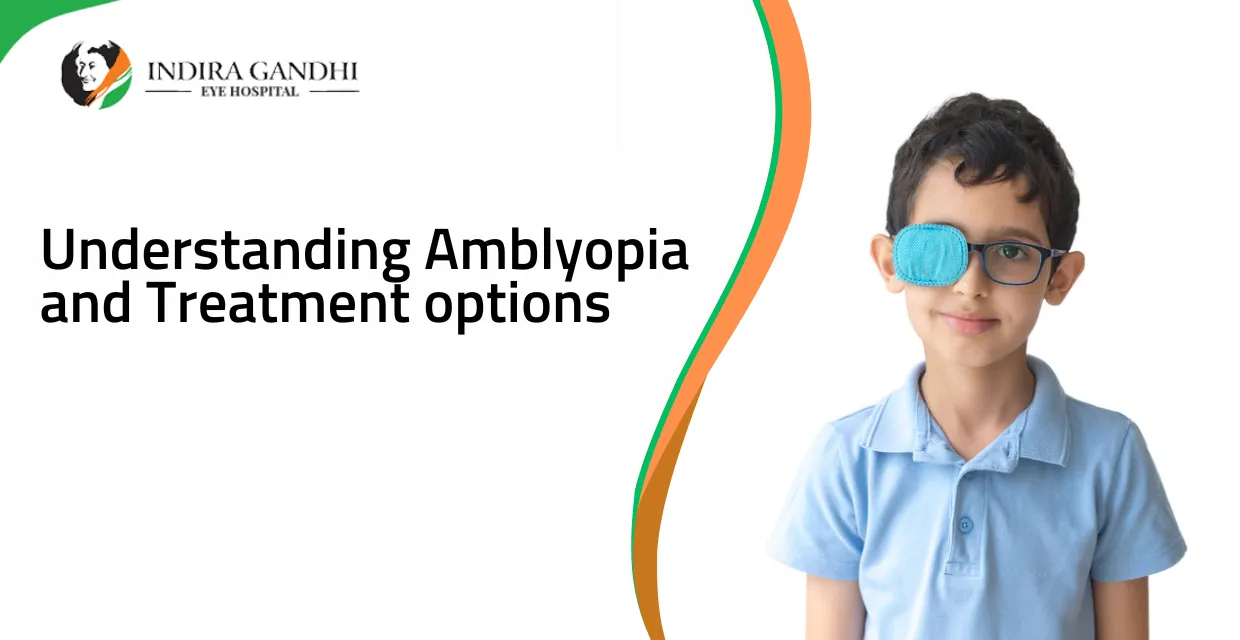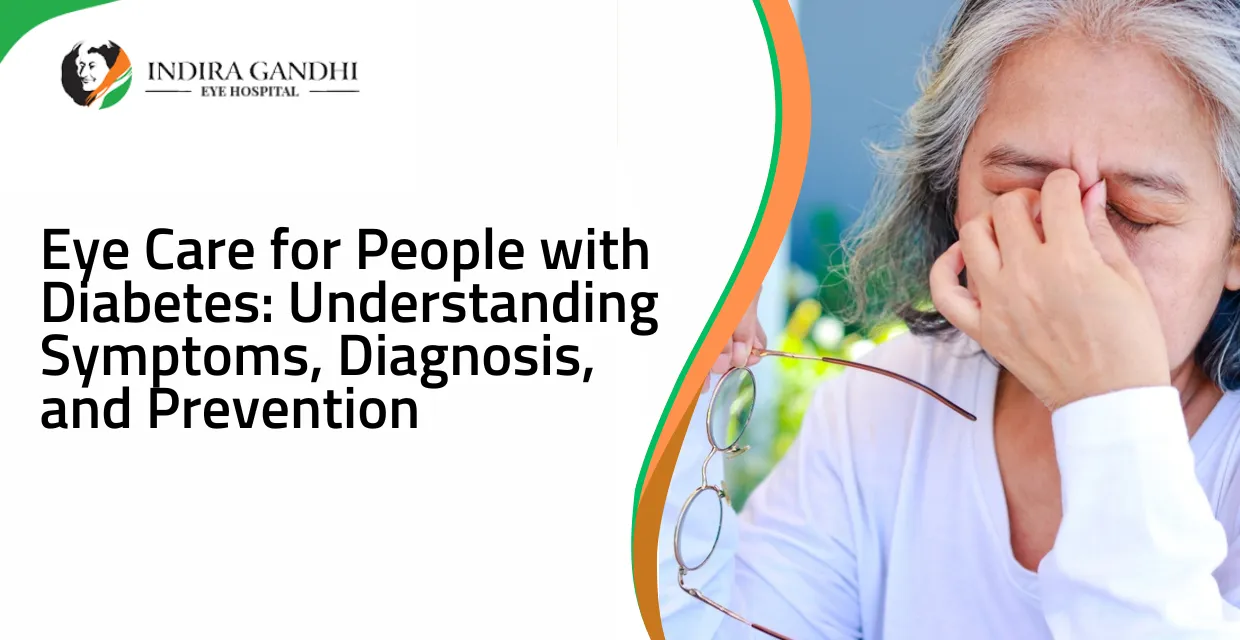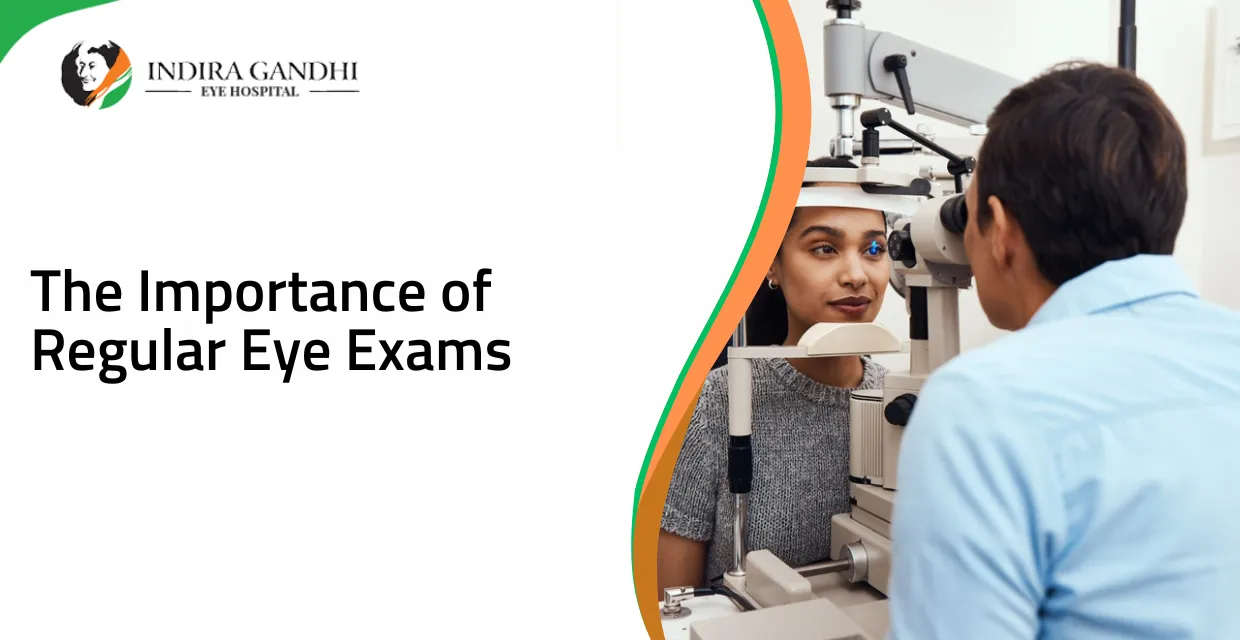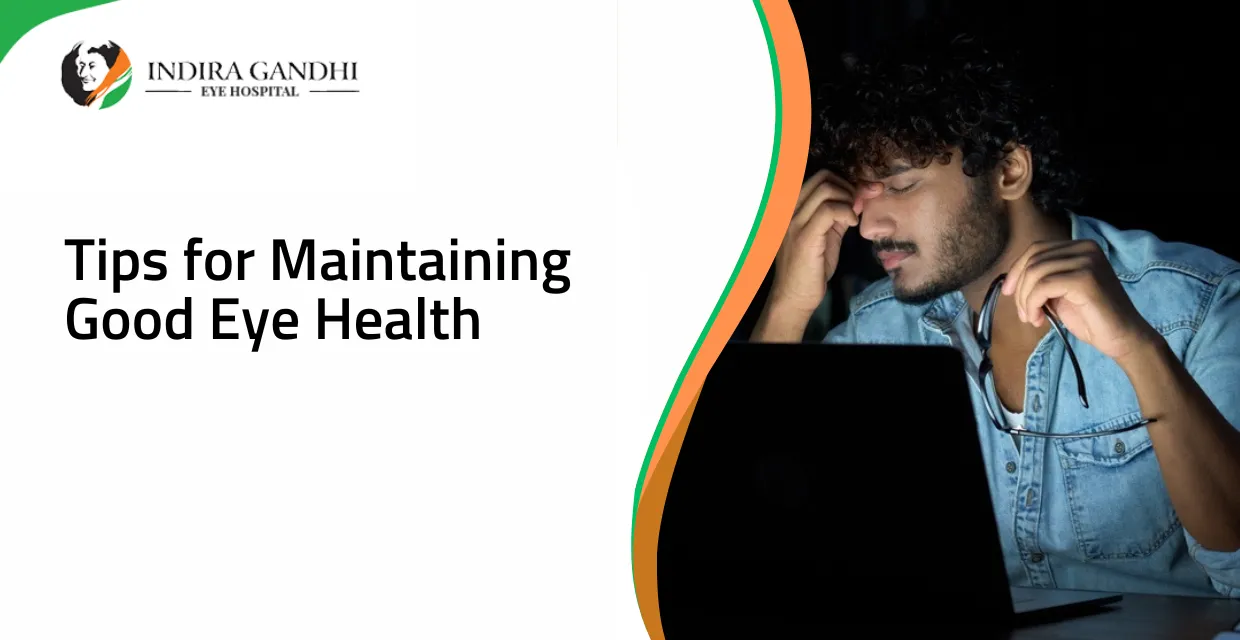Amblyopia, also known as "lazy eye," is a vision development disorder that occurs when one eye does not develop normal vision during childhood. It is one of the most common causes of vision loss in children and can lead to permanent vision loss if not treated early.
Amblyopia occurs when the brain favours one eye over the other due to a difference in visual acuity or a misalignment of the eyes. This can cause the brain to "turn off" or ignore the weaker eye, leading to vision loss in that eye. The most common cause of amblyopia is a difference in the refractive error (e.g., nearsightedness, farsightedness) between the two eyes. Other causes of amblyopia include cataracts, ptosis (drooping of the eyelid), and strabismus (misalignment of the eyes).
Amblyopia is most commonly diagnosed in children between the ages of 3 and 6, as this is the critical period for vision development. Early detection and treatment of amblyopia are important to prevent permanent vision loss in the affected eye.
Treatment options for amblyopia:
Eye patches: An eye patch may be placed over the stronger eye to force the brain to use the weaker eye. This treatment is typically used in combination with glasses or contact lenses.
Eye drops: Atropine eye drops may temporarily blur the vision in the stronger eye, forcing the brain to use the weaker eye. This treatment is typically used in combination with glasses or contact lenses.
Surgery: In some cases, surgery may be necessary to correct the underlying cause of amblyopia, such as ptosis or strabismus.
It is important to note that treatment for amblyopia is most effective when started early and may involve a combination of the above treatment options. The goal of treatment is to improve vision in the affected eye and prevent permanent vision loss.
If you suspect your child may have amblyopia, seeing an eye care professional as soon as possible is important. Early detection and treatment can improve the chances of successful treatment and prevent permanent vision loss.





